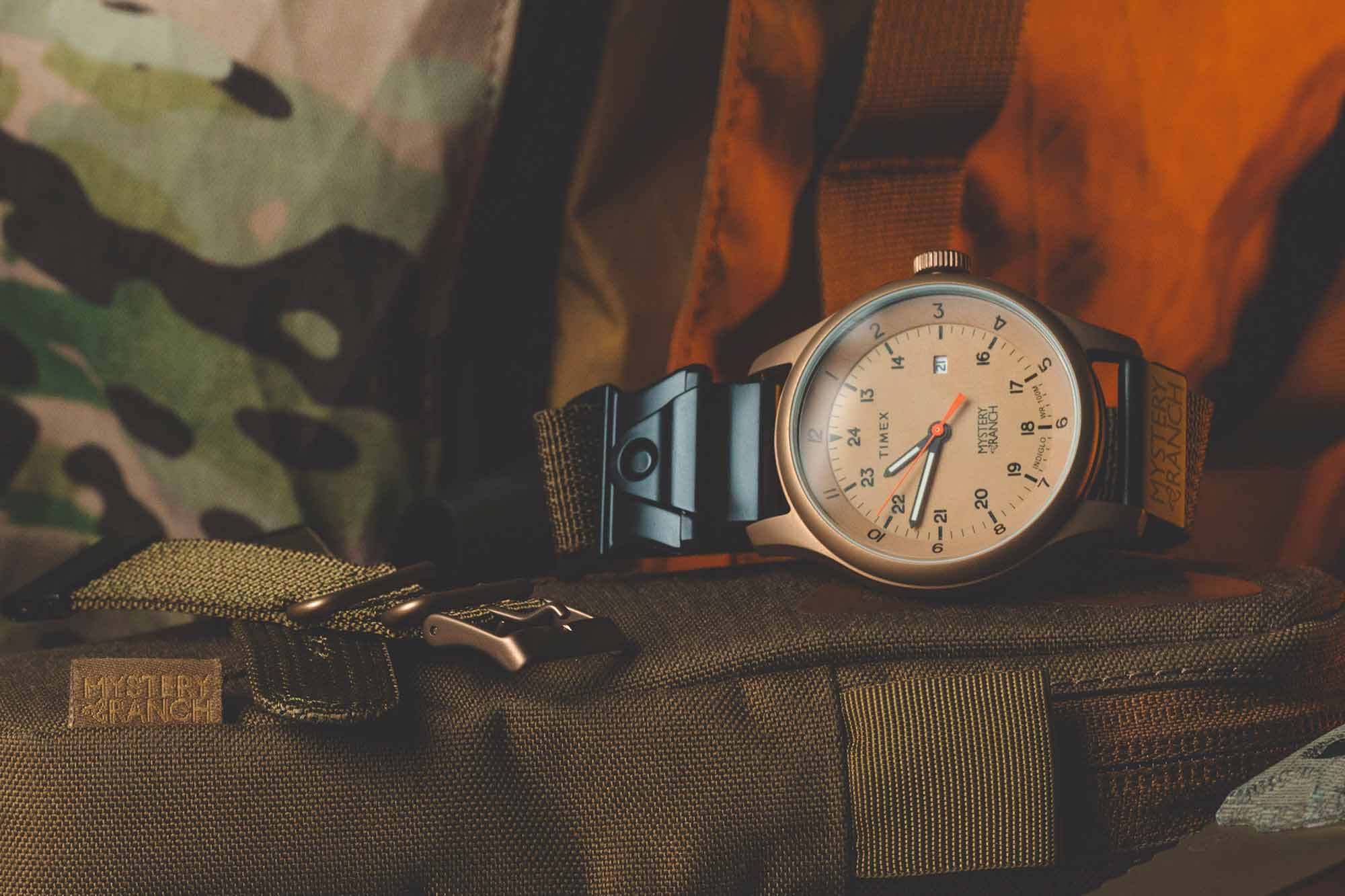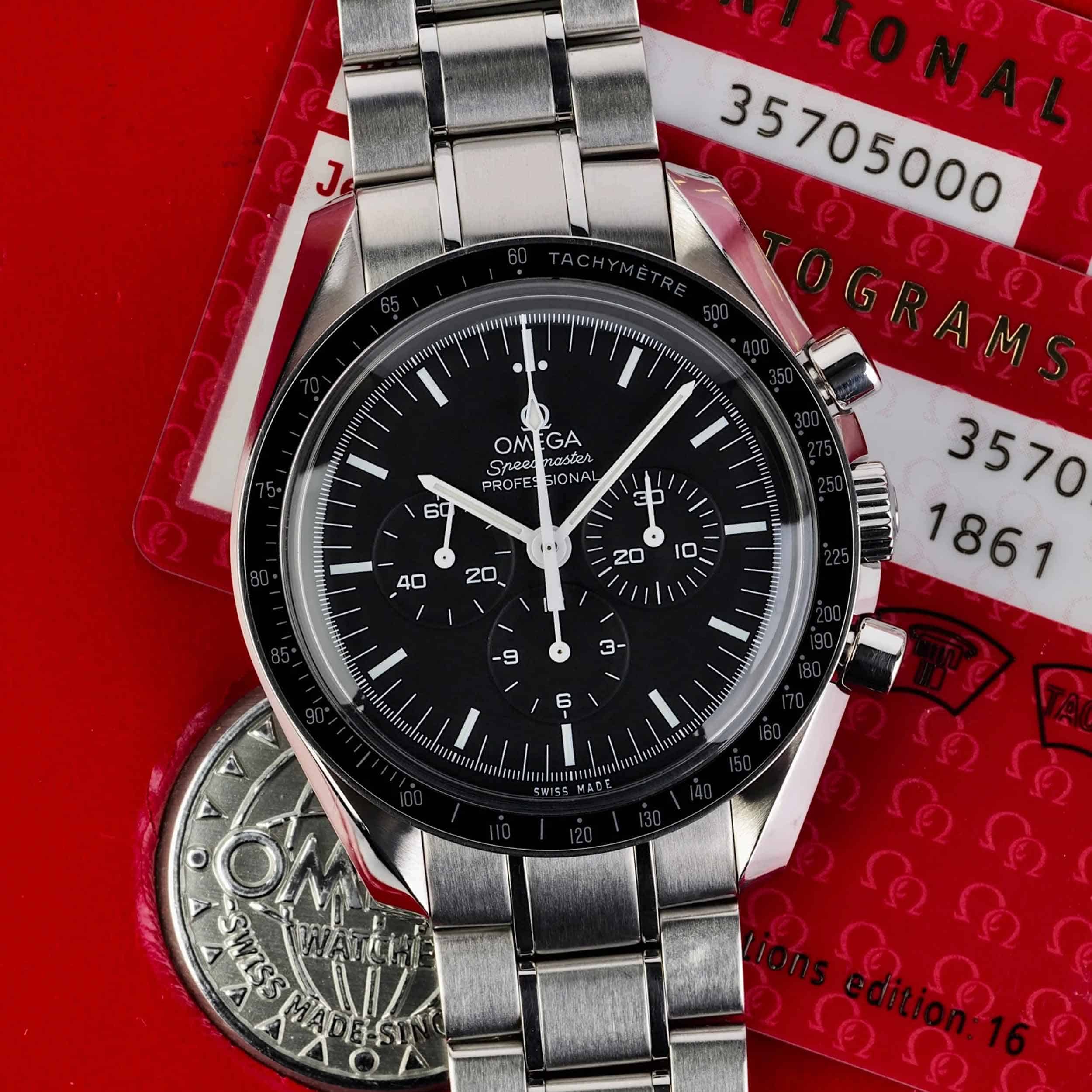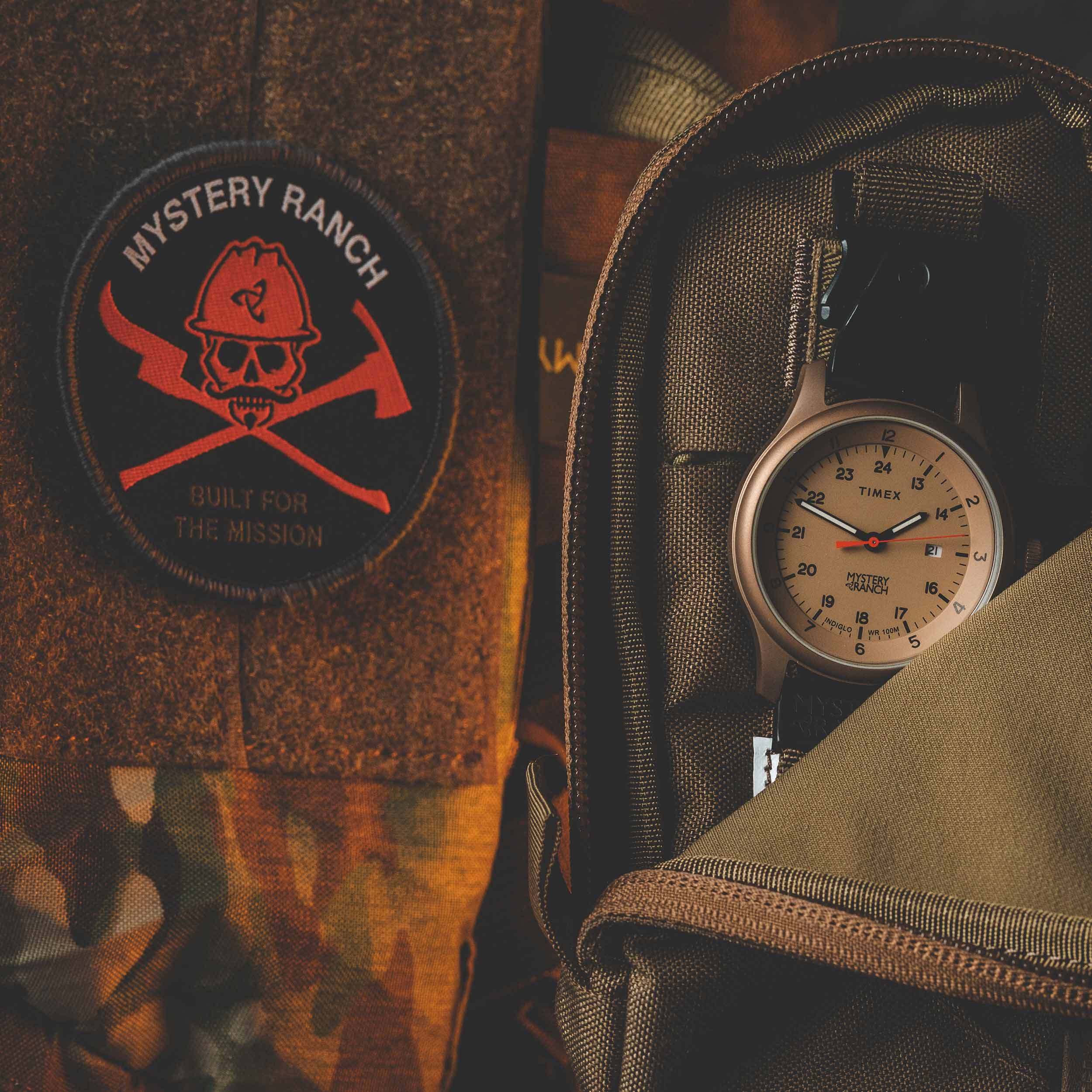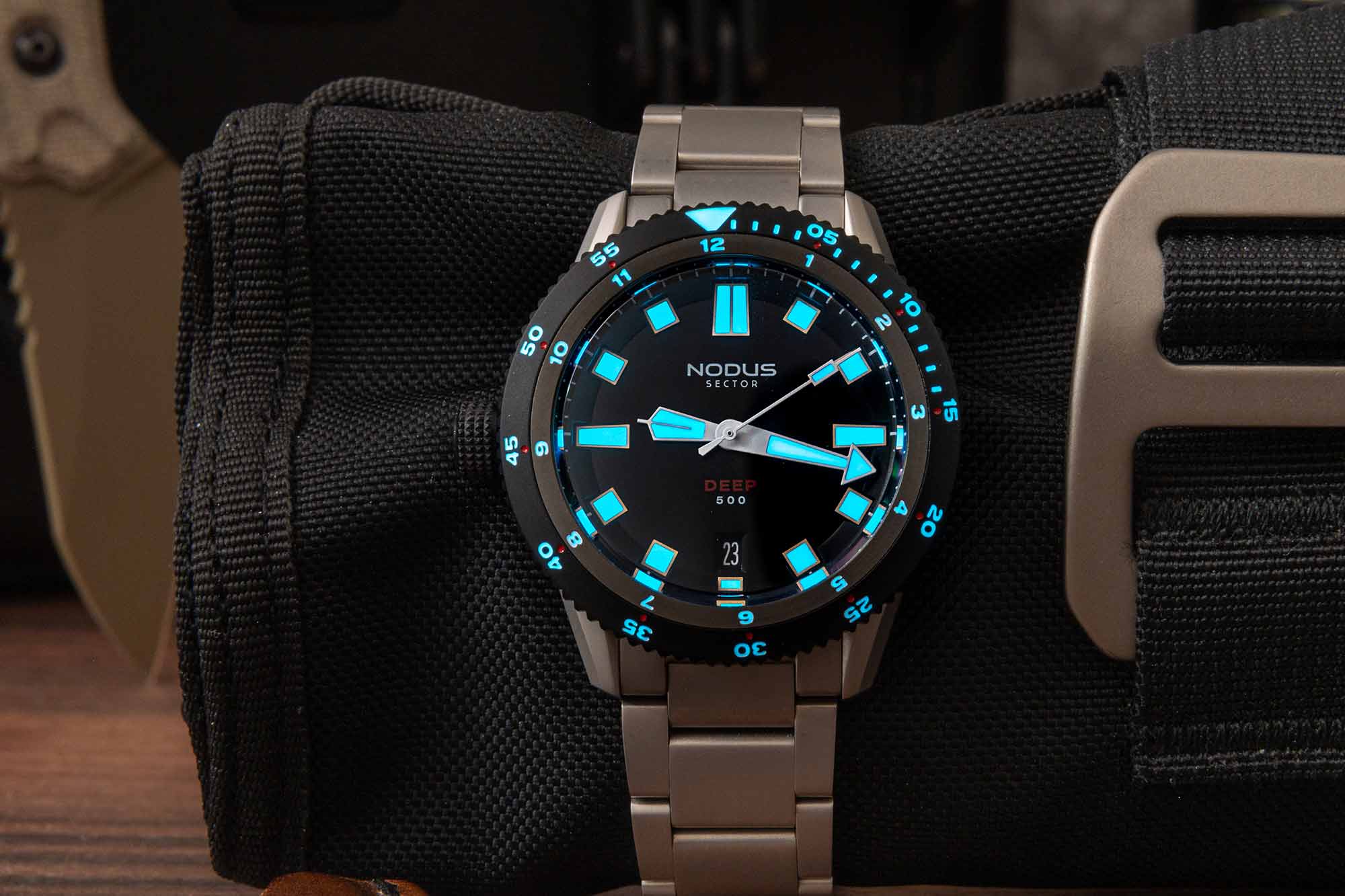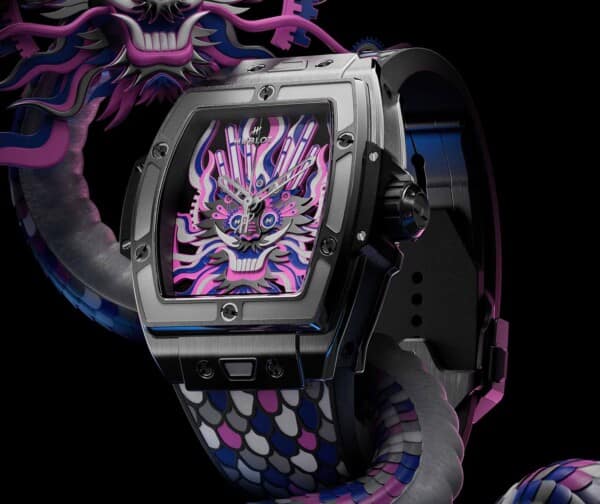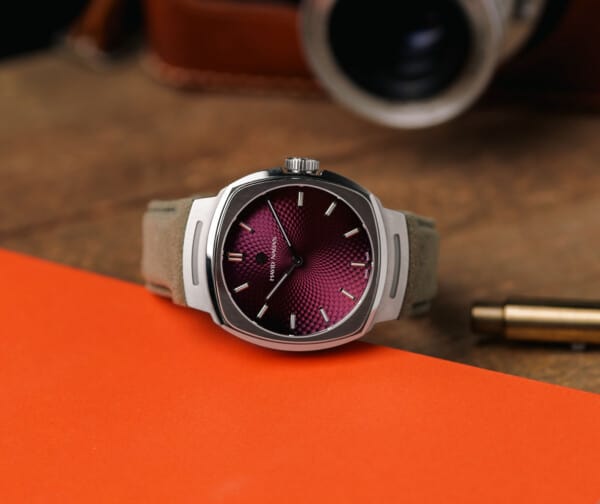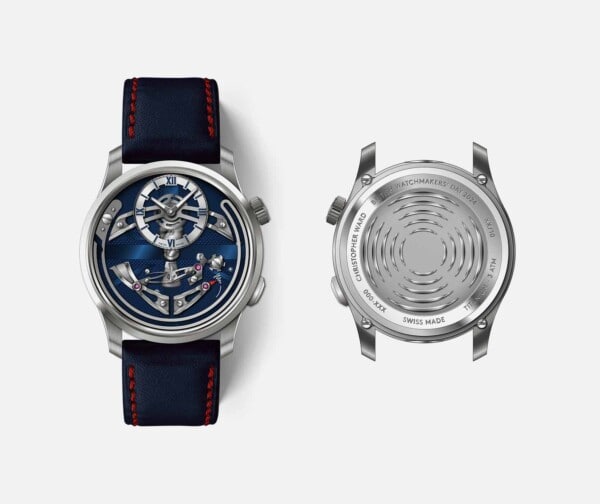Editor’s Note: In this week’s installment of our ongoing “3 for 5k” series, reader Garrett Jones submits an affordable collection with cleanly defined categories for each piece. While the classic Speedmaster might not fit everyone’s definition of a “dress watch,” in the context of Garrett’s collection, it makes a lot of sense. These are all sporty and robust watches perfect for an active lifestyle, they just get to that place in different ways, making each well suited to specific circumstances. Garrett had some money left over after picking three watches, so he’s also selected an additional item in a category many would agree is adjacent to watches, and somehow makes Garrett’s watch picks even more logical.
You can make your submission to the Three Watch Collection – Reader Edition by filling out the form right here.
Being an avid collector and watch enthusiast, owning only three watches excites and scares me simultaneously. In a world where my watch collection would be limited to three pieces, the perfect collection would feature the following three styles: a dress watch, a travel watch, and an everyday workhorse. With that three-piece combination, you can dress for any occasion and have a watch that fits in anywhere. At first, I thought that a budget of $5,000 would be extremely restrictive, but I quickly realized that one of the best ways to stretch this money is by looking at pre-owned watches.
Omega Speedmaster Ref. 3570.50 ~$3,700 – The Dress Watch
The Omega Speedmaster, commonly known as the “ Moon Watch”, is arguably the most iconic watch design of all time. Having gained popularity for beating out Rolex and Longines to become the first watch “Flight Qualified By NASA For All Manned Space Missions”, and later the first watch worn on the Moon. More than 50 years later, the Speedmaster remains the only watch ever certified by NASA for Extravehicular activities, better known as spacewalks. When introduced in 1996, the 3570.50 reference was the most accurate replication of the original 105.15 and 145.012 models worn by the Apollo astronauts, with the most notable exceptions being the use of Luminova instead of tritium, and a newer Calibre 1861. To date, this reference has been the longest, continuously produced reference from 1996 to 2014.









 Featured Videos
Featured Videos




